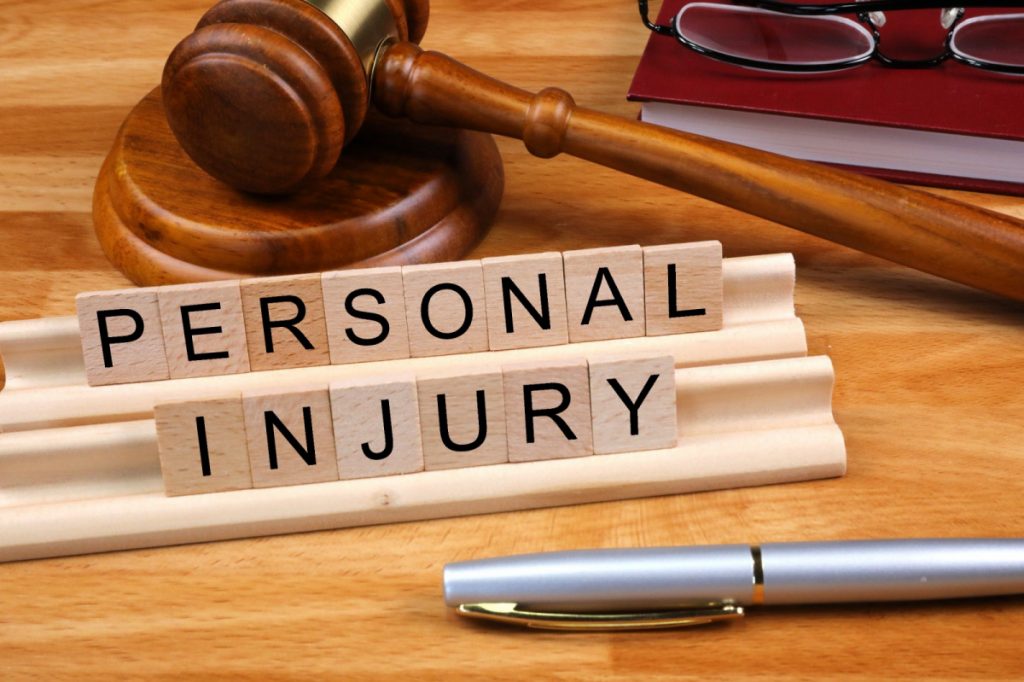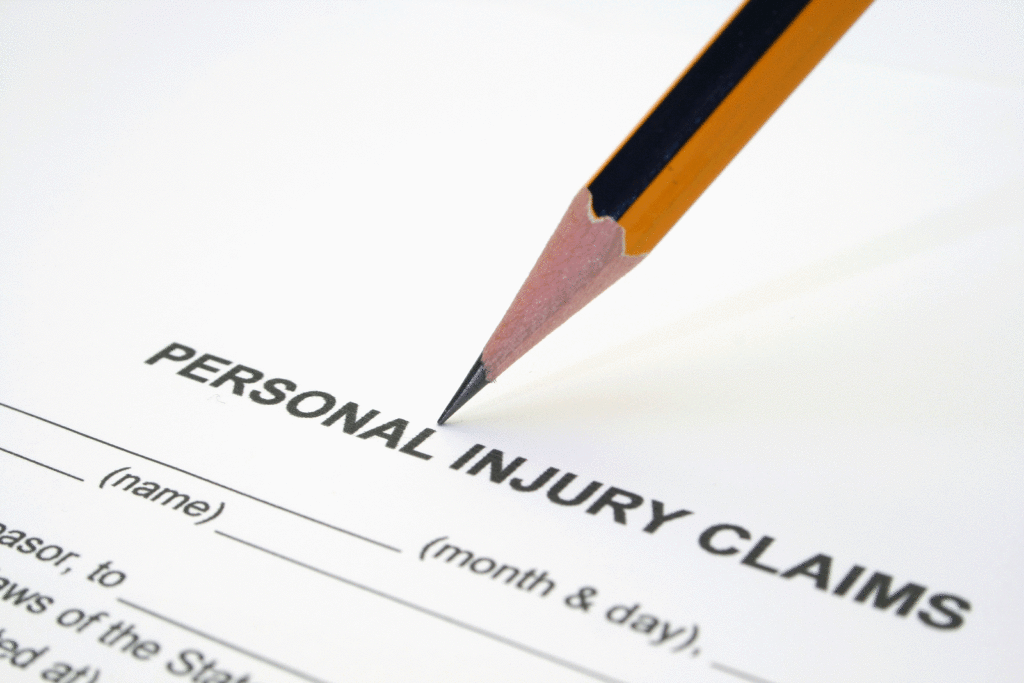Now Reading: Key Steps for Strengthening a Disability Application
-
01
Key Steps for Strengthening a Disability Application

Key Steps for Strengthening a Disability Application
Applying for disability benefits is often a long and stressful process. Many applicants are denied at the initial stage, not because they don’t qualify, but because their applications lack key details, supporting evidence, or are poorly structured. A well-prepared application can significantly improve your chances of approval and reduce unnecessary delays. Below are essential steps you can take to build a strong disability claim.
Understanding the Disability Application Process
Before diving into strategies for strengthening your claim, it’s important to understand how the process works.
Initial Filing
Applicants begin by submitting an application through the Social Security Administration (SSA) or their private disability insurer. This includes forms detailing medical conditions, work history, and limitations.
Review and Determination
Claims are reviewed for medical eligibility and financial qualifications. Examiners assess whether your condition prevents you from engaging in substantial gainful activity.
Appeals Process
If denied, applicants can appeal through multiple levels, including reconsideration, hearings, and federal court if necessary. Many strong cases succeed during appeals because evidence is clarified or expanded.
Step 1: Gather Comprehensive Medical Evidence
Medical records form the backbone of any disability claim.
Request Consistent Documentation
Ensure your physicians provide consistent and detailed notes on your diagnosis, treatment, and limitations. Contradictions between medical reports can harm credibility.
Demonstrate Functional Limitations
Beyond a diagnosis, show how your condition impacts daily activities and work ability. For example, explain whether chronic pain prevents prolonged sitting or standing.
Regular Follow-Ups
Ongoing treatment records prove that your condition is persistent. Missed appointments or large gaps in care may weaken your case.
Step 2: Provide Detailed Work History
Your ability to perform past work is a critical factor in disability determinations.
Outline Job Duties Clearly
Go beyond job titles. Describe tasks, physical demands, and cognitive requirements. For example, “lift 50-pound boxes multiple times daily” paints a more accurate picture than simply writing “warehouse worker.”
Highlight Limitations
Contrast your current abilities with past job requirements. This creates a clear link between your condition and inability to perform work duties.
Step 3: Use Personal Statements and Third-Party Testimonies
Sometimes medical records alone don’t capture the full scope of your struggles.
Personal Statement
Write a statement explaining how your disability affects daily life—cooking, driving, self-care, or family responsibilities.
Third-Party Observations
Statements from family members, coworkers, or supervisors can corroborate your limitations and provide valuable context.
Step 4: Understand Legal Standards
Disability law is technical and requires meeting specific criteria.
SSA Listings
If applying for Social Security Disability Insurance (SSDI), check the SSA’s “Blue Book,” which lists qualifying impairments. Meeting or medically equaling a listing can strengthen your claim.
Residual Functional Capacity (RFC)
Even if your condition isn’t in the Blue Book, proving reduced RFC—limitations on physical or mental activities—can show you are unable to work.
Insurance Policy Terms
For private long-term disability insurance, review your policy’s definitions of “disability,” as they often differ from SSA standards.
Step 5: Strengthen the Application with Professional Guidance
Legal and advocacy support can make a substantial difference.
Disability Lawyers
A lawyer can guide you through complex forms, ensure deadlines are met, and collect the strongest evidence. In some cases, they can also represent you at hearings. For example, working with a Baton Rouge long-term disability lawyer can provide specialized insight into insurer requirements and appeals strategies.
Advocacy Organizations
Groups such as the Patient Advocate Foundation offer resources on navigating benefits, maintaining employment, and securing necessary documentation.
Specialist Attorneys
Legal professionals focus on employer-sponsored disability claims governed by ERISA, which have unique rules and strict deadlines.
Step 6: Avoid Common Mistakes
Even qualified applicants often face denials due to avoidable errors.
Incomplete Applications
Missing information or skipping questions can delay or sink your claim. Double-check all forms before submission.
Downplaying Symptoms
Some applicants minimize their limitations out of pride or fear of seeming incapable. However, underreporting symptoms can undermine your claim.
Ignoring Mental Health
Disability isn’t only physical. Anxiety, depression, and cognitive impairments should be documented and supported by professional treatment records.
Step 7: Prepare for Appeals if Needed
Many disability applications are denied initially. Preparing for the possibility of appeal increases your chances of ultimate approval.
Reevaluate Evidence
Denials often point to missing or insufficient evidence. Strengthen these weak areas in your appeal.
Obtain Specialist Opinions
Independent evaluations by specialists—neurologists, psychiatrists, or vocational experts—can provide persuasive evidence.
Stay Persistent
The appeals process can be long, but persistence often pays off. Many applicants who are denied at first win benefits later with improved documentation and representation.
Step 8: Stay Organized and Proactive
Keeping track of deadlines, paperwork, and medical records is essential.
Create a Claim File
Maintain copies of every form, medical record, and letter submitted. This ensures quick reference during appeals.
Track Deadlines
Missing an appeal deadline can forfeit your claim. Use calendars or reminders to stay ahead.
Communicate with Providers
Ask your healthcare providers to be detailed in reports and to promptly respond to requests from disability examiners.
Conclusion
Strengthening a disability application requires more than just filling out forms. It involves a strategic approach: gathering thorough medical evidence, clearly outlining work limitations, using personal and third-party statements, understanding legal standards, and enlisting professional help when necessary. Avoiding common mistakes, preparing for appeals, and staying organized can make the difference between approval and denial.
By carefully following these steps, applicants can significantly improve their chances of securing the benefits they need to support themselves and their families during difficult times.
About the author: Irma C. Dengler
With a BA in communications and paralegal experience, Irma C. Dengler decided to make the best of her writing skills. She decided to turn complicated legal matters into something more palatable for the masses. Therefore, Irma became a law communicator who writes about everyday problems so everyone can understand them and take the appropriate action. She specializes in personal injury cases, as they are more common than anyone thinks, but her areas of expertise also include civil law, criminal law, insurance-related issues, and more.











